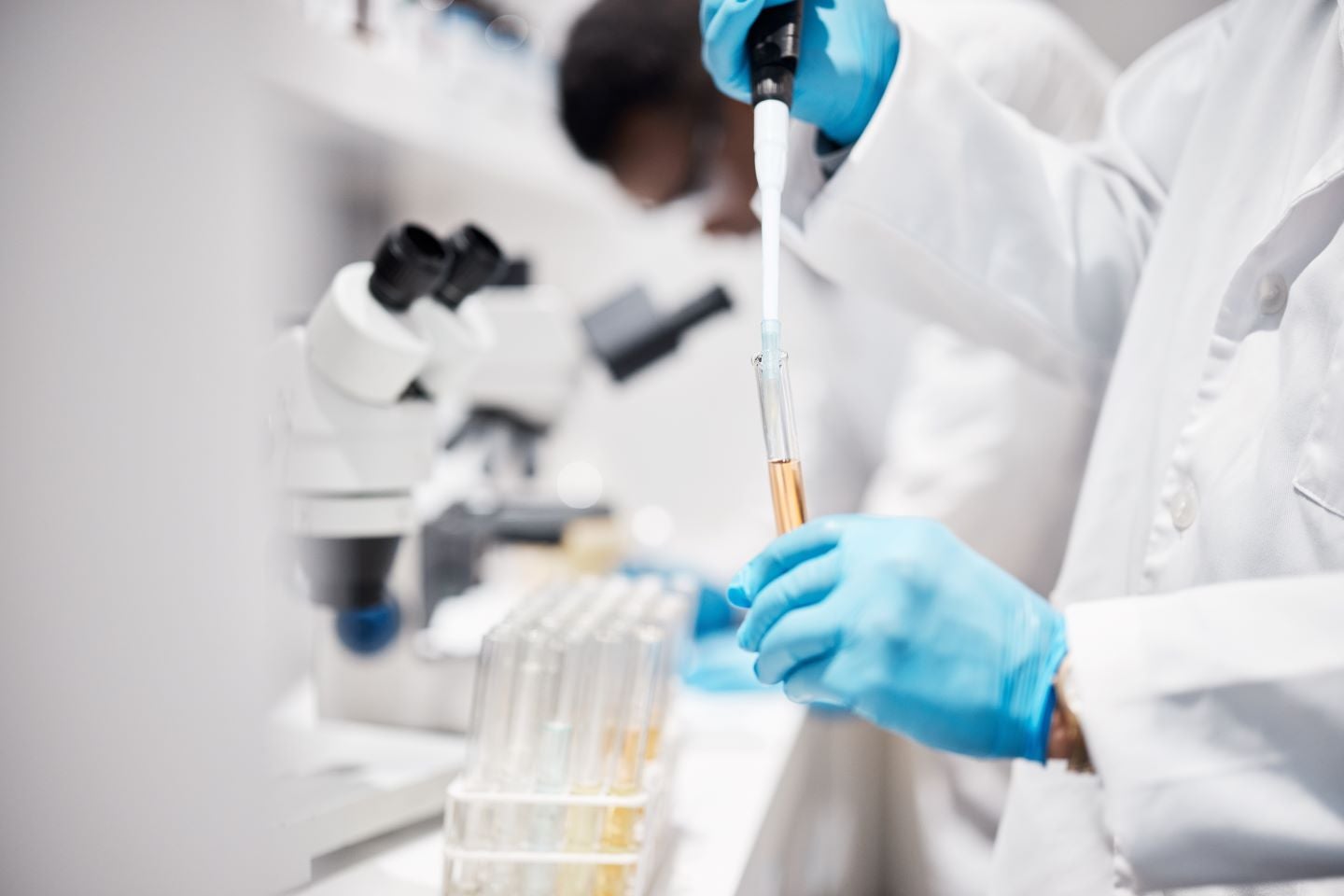Deep Learning Predicts Walking Forces with Knee Alignment
In a groundbreaking advancement at the intersection of biomechanics and artificial intelligence, researchers have demonstrated that incorporating detailed knee alignment information significantly enhances the predictive accuracy of deep-learning models tasked with estimating ground reaction forces (GRF) during walking. This revelation, published in BioMedical Engineering OnLine, introduces a new dimension of subject-specific customization to wearable sensor […]


In a groundbreaking advancement at the intersection of biomechanics and artificial intelligence, researchers have demonstrated that incorporating detailed knee alignment information significantly enhances the predictive accuracy of deep-learning models tasked with estimating ground reaction forces (GRF) during walking. This revelation, published in BioMedical Engineering OnLine, introduces a new dimension of subject-specific customization to wearable sensor data analytics, promising profound implications for clinical diagnostics, rehabilitation, and wearable technology development.
Predicting the complex three-dimensional forces that the ground imparts on the human body during locomotion has long been a challenge due to the variability in individual gait patterns and biomechanical characteristics. Traditionally, models have relied heavily on generic sensor data like accelerometers or basic motion capture parameters, often overlooking critical individual anatomical factors. The integration of knee alignment information — a proxy for angular and positional characteristics of the knee joint — represents an innovative leap that fine-tunes predictive models to the individual’s unique biomechanics.
This novel study rigorously compared the performance of ten distinct deep-learning architectures utilizing combined datasets from motion capture systems and wearable accelerometers. These models were evaluated both with and without the inclusion of subject-specific features such as knee alignment angles and affected side indicators. The results unequivocally showed that embedding these personalized biomechanical variables enhanced the accuracy of GRF predictions across almost all tested frameworks, with the notable exception of the long short-term memory (LSTM) model.
.adsslot_tbqRIgu4XE{width:728px !important;height:90px !important;}
@media(max-width:1199px){ .adsslot_tbqRIgu4XE{width:468px !important;height:60px !important;}
}
@media(max-width:767px){ .adsslot_tbqRIgu4XE{width:320px !important;height:50px !important;}
}
ADVERTISEMENT
Of particular interest was the superior performance of a bespoke two-dimensional convolutional neural network (CNN) paired with an LSTM — a hybrid architecture combining spatial feature extraction with temporal sequence modeling. This 2D-CNN-LSTM hybrid model outperformed more complex, pretrained deep-learning behemoths like ResNet50 and Inception, which, although improved by pretrained ImageNet weights and subject-specific inputs, still fell short in capturing the nuanced dynamics of time-series 3D GRF data.
The results challenge prevailing assumptions that larger, more computationally intensive models inherently yield better outcomes for biomechanical time-series predictions. Instead, this work spotlights the pivotal role of tailored model architecture design coupled with domain-relevant biomechanical inputs in achieving optimal performance. The efficient 2D-CNN-LSTM architecture not only delivered superior accuracy but did so with significantly reduced computational overhead, a critical consideration for wearable applications requiring real-time analysis and feedback.
Clinically, these findings have substantial ramifications. Accurate GRF prediction is essential for diagnosing gait abnormalities, customizing orthotic interventions, and monitoring rehabilitation progress, particularly for patients with knee osteoarthritis, ligament injuries, or post-surgical recovery. By enhancing prediction fidelity with alignment data, clinicians gain more reliable insights into patient-specific movement mechanics, potentially leading to improved outcomes and tailored therapeutic strategies.
From a technological perspective, integrating knee alignment features into wearable deep-learning systems could revolutionize personalized health monitoring devices. These systems can provide users with precise biomechanical feedback without the need for cumbersome or expensive laboratory-grade equipment. This opens pathways for scalable, outpatient, and even at-home assessments, enhancing accessibility to biomechanical analysis and enabling continuous monitoring of musculoskeletal health.
The study underscores the importance of synthesizing subject-specific anatomical information with sensor-derived kinematic data to bridge the gap between generalized models and individualized biomechanics. By focusing on knee alignment — a biomechanically critical and often variable factor among individuals — the researchers successfully elevated model sensitivity to subtle gait variations that generic datasets alone failed to capture.
Additionally, the employment of pretrained models like ResNet50 and Inception, traditionally revered for image recognition tasks, presents an intriguing comparative backdrop in this investigation. Their relative underperformance in time-series GRF data prediction, despite benefiting from pretrained ImageNet weights, highlights distinct challenges when adapting these architectures beyond their original domain. It also emphasizes the necessity for creating hybrid models tailor-made for biomechanical time-series data rather than relying solely on large, general-purpose pretrained networks.
Moreover, the nuanced performance differences observed suggest that certain deep-learning approaches, such as LSTM, might be less compatible with integrating static biomechanical parameters like knee alignment. This calls for further exploration into how temporal sequence models can be adapted or combined with spatial feature extractors to maximize the utility of anatomical features for dynamic motion prediction.
Collectively, these insights contribute to a growing body of knowledge advocating for personalized machine learning frameworks in the biomechanical sciences. The research provides a compelling roadmap for future endeavors aiming to balance model complexity, computational efficiency, and individualized data integration to advance wearable sensor applications.
Looking forward, researchers envision expanding this approach to include other anatomical joint alignment parameters and applying the methodology to more diverse locomotion scenarios beyond level walking, such as stair negotiation or running. Incorporating a wider array of subject-specific features could unlock even greater predictive precision, further tailoring biomechanical models to real-world functional tasks.
In summary, this study marks a significant step toward more intelligent, accurate, and individualized prediction of ground reaction forces during walking. By weaving knee alignment data into carefully architected deep-learning models, researchers have paved the way for wearable systems that are not only technically sophisticated but also uniquely attuned to the biomechanical individuality of users, heralding a new era in personalized biomechanics and digital health.
Subject of Research: Integration of knee alignment information into deep-learning models to improve prediction accuracy of three-dimensional ground reaction force during walking using wearable sensors and motion capture data.
Article Title: Performance of deep-learning models incorporating knee alignment information for predicting ground reaction force during walking
Article References:
Sugiarto, T., Lin, YJ., Tsai, HL. et al. Performance of deep-learning models incorporating knee alignment information for predicting ground reaction force during walking. BioMed Eng OnLine 24, 78 (2025). https://doi.org/10.1186/s12938-025-01409-1
Image Credits: AI Generated
DOI: https://doi.org/10.1186/s12938-025-01409-1
Tags: angular and positional knee characteristicsartificial intelligence in clinical diagnosticsdeep learning in biomechanicsdeep-learning model performance comparisonground reaction forces estimationindividualized biomechanics assessmentinnovations in wearable technology developmentknee alignment predictive modelinglocomotion and gait analysismotion capture technology advancementssubject-specific customization in rehabilitationwearable sensor data analytics
What's Your Reaction?


































